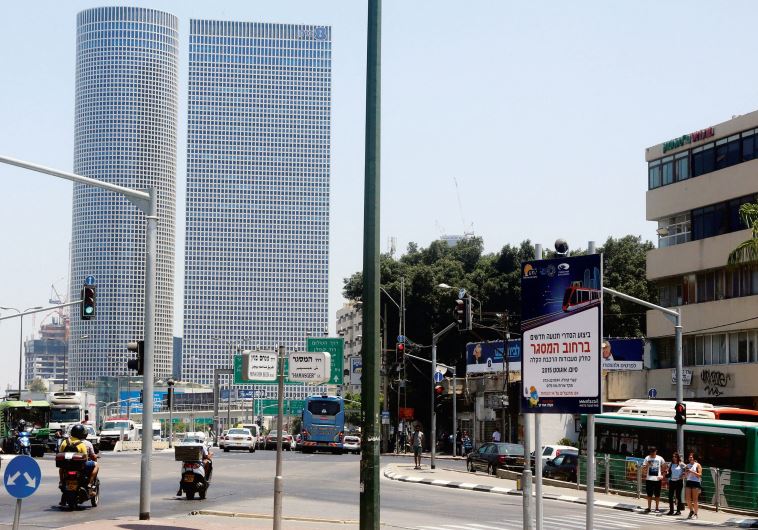Park and Ride lots approved to accompany Tel Aviv area light rail construction
Years of construction on the region’s light rail, slated to stretch from Petah Tikvah in the north to Bat Yam in the south, began Sunday night.
 A sign warns of upcoming light rail construction on Tel Aviv's Hamasger Street(photo credit: MARC ISRAEL SELLEM)Updated:
A sign warns of upcoming light rail construction on Tel Aviv's Hamasger Street(photo credit: MARC ISRAEL SELLEM)Updated: